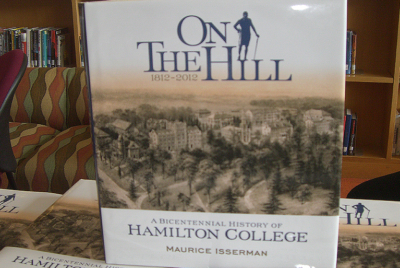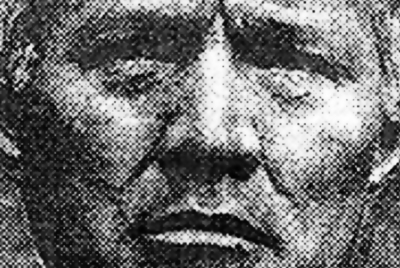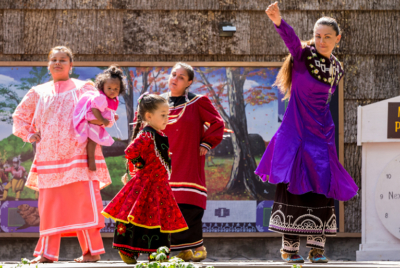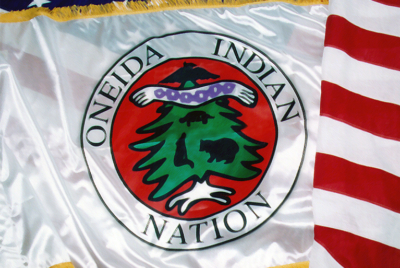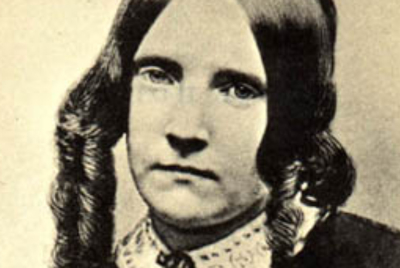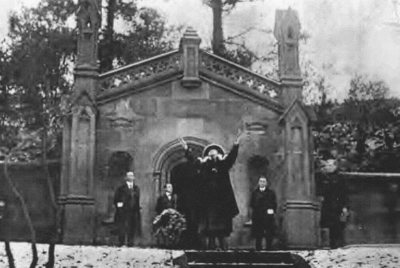HISTORY
Making their mark in American history, the Oneida Indian Nation became the first ally to America when they joined the colonists in their fight for independence during the American Revolutionary War. In 1794, after the victory over the British and many hardships for the Oneidas, George Washington signed the Treaty of Canandaigua recognizing the Oneida Indian Nation as a sovereign entity. The agreement granted federal protection of 300,000 acres.
Oneida Indian Nation homelands originally consisted of more than six million acres stretching from the St. Lawrence River to the Susquehanna River. Oneida villages thrived in and around the present-day communities of Stockbridge, Oneida Castle, Canastota, Oriskany, the city of Oneida and elsewhere in what are now Oneida and Madison counties.
By the early 1900s, illegal state treaties nearly depleted the Oneida Indian Nation of its homeland. The Oneidas did what they had to do to survive. Some moved, some sold their land. The Oneidas had to fight to recover the last 32 acres granted to them. The federal government filed suit in U.S. District Court in 1919 to help the Oneida Indian Nation reclaim this land.
Today, the Oneida Indian Nation has regained more than 18,000 acres of their original homelands – the most they have had recognized sovereignty over since 1824. A slow steady climb and dedicated perseverance has led to a resurgence for the Oneida Indian Nation that today prospers through their many diverse enterprises.
This economic upturn has allowed the Oneida Indian Nation to provide many
programs and services to its Members as well as reinvest in their enterprises and community to become an economic engine in the Central New York region,
as one of the largest employers in the state.
Book Chronicles Hamilton Colleges Founding as the Hamilton-Oneida Academy to Today
In May of 2012 Hamilton College, which began as a school for the Oneida, celebrated its 200th anniversary. Included in the event’s highlights was the unveiling of the book “On the Hill: A Bi [...]
Did You Know? Albert Schanandoah, Inventor
Much has been written of Chapman Schanandoah (Wolf Clan) including his patented invention of an explosive powder and his military service, but little is known of his brother Albert (Wolf Cla [...]
Oneida Dance: A Living Testimony to Tradition
In 1784, Francois, Marquis de Barbé-Marbois, was a guest of the Oneidas near Fort Schuyler. The day of his arrival, he and his entourage were escorted to the Council House. They dined, and t [...]
Did You Know?
Thomas Longboat is shown leading the 1907 Boston Marathon. April 17, 2017 marked the 121st running of the Boston Athletic Association’s annual Marathon, but that’s not the answer to the h [...]
Observations on 19th Century Oneidas From the Pen of a Fenimore Cooper
The concept of becoming lost while reading is more fact than fiction. Reading can transport you to any place and any time; albeit, it is incumbent upon the reader to judge the words on the p [...]
Oneida’s Voice Lives Through Edison Recording
How did it transpire that an Oneida woman, living on a farm in Manlius, who sang an Oneida dirge for a deceased anthropologist in Rochester, ended up recording said lament in New Jersey for [...]


